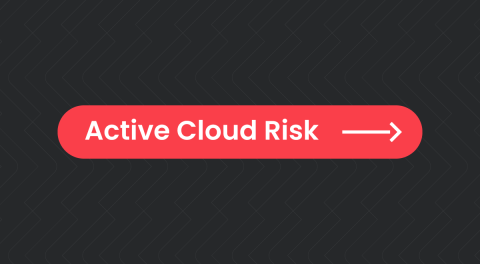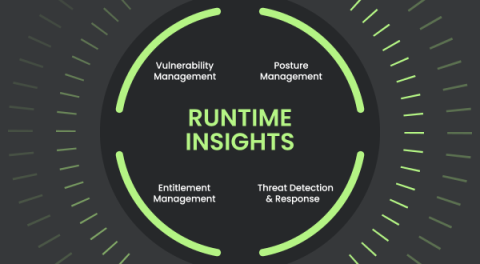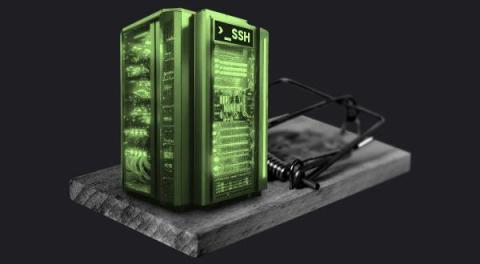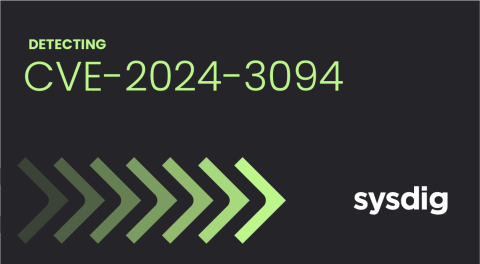Meet the Research behind our Threat Research Team
The Sysdig Threat Research Team (TRT) is on a mission to help secure innovation at cloud speeds. A group of some of the industry’s most elite threat researchers, the Sysdig TRT discovers and educates on the latest cloud-native security threats, vulnerabilities, and attack patterns. We are fiercely passionate about security and committed to the cause. Stay up to date here on the latest insights, trends to monitor, and crucial best practices for securing your cloud-native environments.










